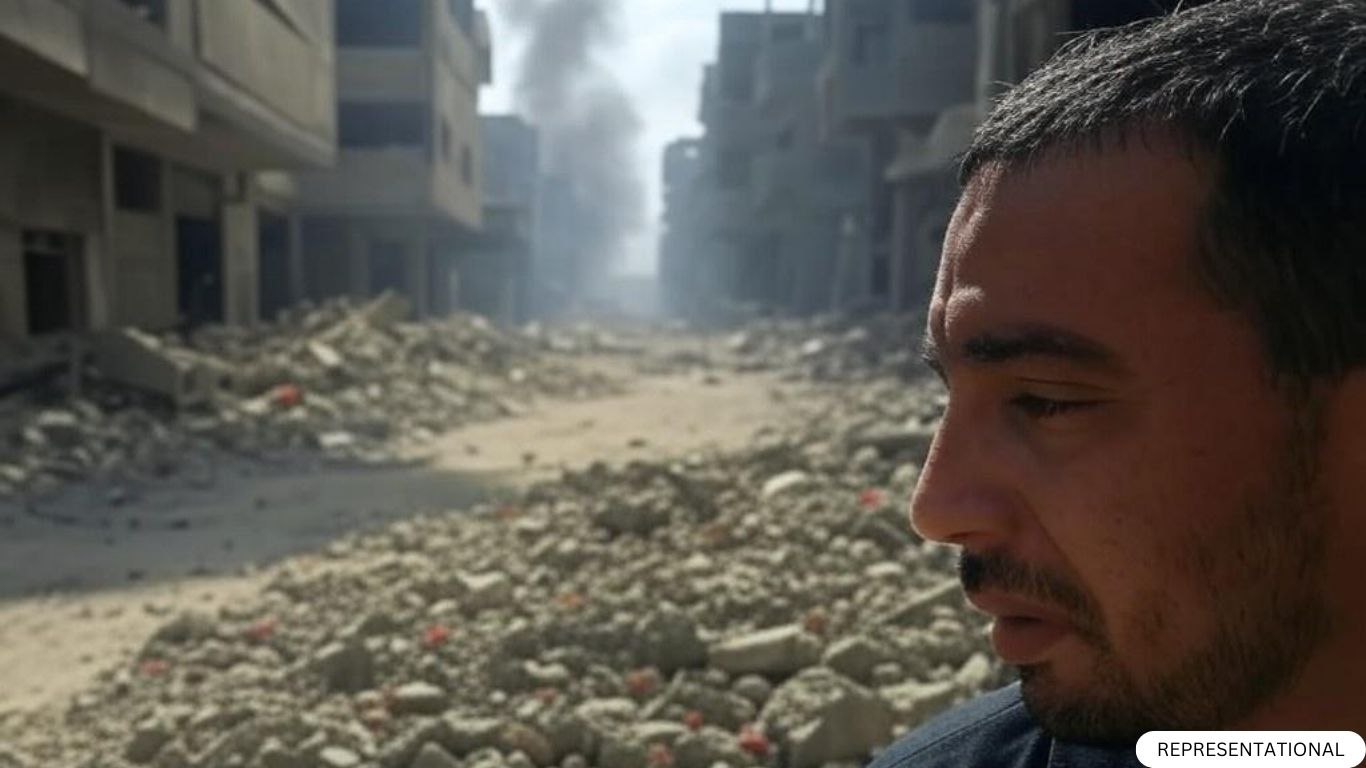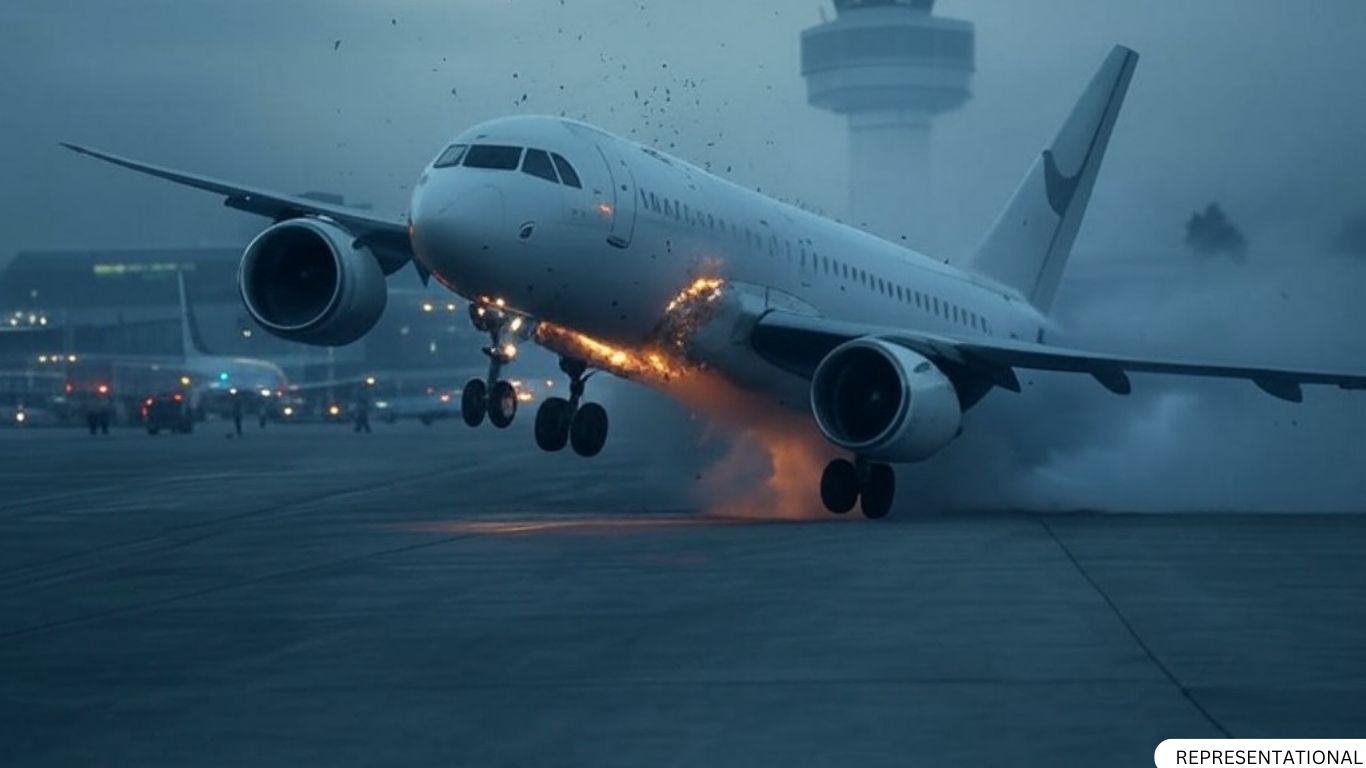The humanitarian crisis in Gaza continues to deepen as Israeli airstrikes across the region have Killed the lives of more than 60 Palestinians in a single day. Among the dead were women, children, and key civilian officials. This escalation adds to the grim toll of Israel’s ongoing war on Gaza, which has left tens of thousands dead since its inception in October 2023.
Here’s an in-depth look at the tragedy unfolding in Gaza and its devastating impact on its people.
The Tragic Attack on Al-Mawasi “Safe Zone”
On January 2, 2025, Israel’s army launched a deadly strike on the al-Mawasi region, designated as a humanitarian zone. At least 12 people, including children and women, were killed in the attack. Survivors described the horror as burning tents, scattered debris, and clothes left hanging on washing lines were turned into a scene of destruction.
Aida Zanoun, a survivor of the strike, asked, “Why are our children paying the price? This is not fair.” Her grief underscores the desperation of those in Gaza, who have repeatedly been promised safety zones only to see them targeted.
Rising Death Toll and Destruction
Medical sources reported that at least 63 Palestinians were killed in Gaza on January 2 alone. The casualties resulted from heavy attacks across various locations, including:
- Northern Jabalia Refugee Camp: Repeatedly targeted over the past days.
- Khan Younis: Bombardments at administrative buildings and displacement camps.
- Central Gaza: Strikes near schools and residential areas.
The ongoing violence has left medical facilities overwhelmed, with hospitals unable to keep up with the influx of critically injured civilians.
Humanitarian Crisis: Winter and Hunger
The brutal winter rains have added another layer of misery for the displaced people of Gaza. Makeshift shelters have been flooded, and freezing temperatures have claimed lives. Seven infants have died of hypothermia in the past few days alone.
According to Oxfam’s Fidaa al-Araj, food shortages and starvation have been rampant for over a year. The entry of essentials like wheat, eggs, and milk has been restricted, leaving families with barely one meal a day. “If that’s not starvation, then I don’t know what is,” al-Araj said.
The Toll on Relief Workers
The war has also taken a heavy toll on aid personnel. According to Gaza’s Government Media Office, 736 humanitarian relief workers have been killed since the war began. The deaths of those striving to provide aid highlight the severity of the crisis and the dangers faced by relief teams operating in Gaza.
International Response and Condemnation
Calls for Accountability
The international community has been slow to respond effectively to the crisis. While some organizations and countries have called for ceasefires and humanitarian aid corridors, the situation on the ground remains dire. Ongoing blockades and restrictions on aid delivery have exacerbated the suffering.
World Leaders’ Reactions
Israeli Defense Minister Israel Katz warned Hamas of even harsher attacks unless hostilities cease and captives are released. Meanwhile, the United Nations and various global agencies continue to call for an immediate cessation of violence and the protection of civilians.
Impact on Israeli Society
The ongoing conflict has left scars not only on Gaza but also on Israeli society. Reports indicate that suicides among Israeli soldiers have surged, with 28 suspected cases since the start of the war. These figures reflect the psychological toll of prolonged conflict on those serving in the military.
Gaza’s Civilian Leadership Targeted
The latest strikes have also decimated Gaza’s civil leadership. Mahmoud Salah, the Director General of Gaza’s police, and his deputy were among those killed. This targeted attack has raised concerns over the collapse of administrative and governance structures in the region.















